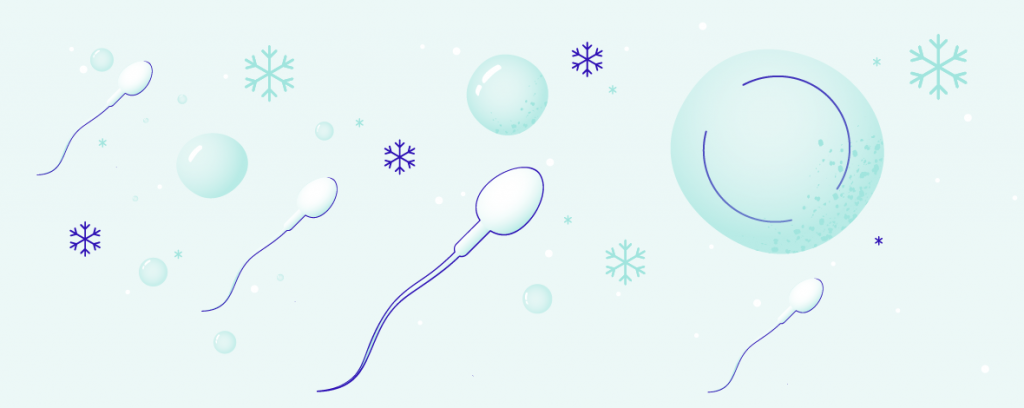Používáte nepodporovaný, zastaralý internetový prohlížeč. Stránky v něm nemusí být správně zobrazeny, mohou být pomalé a nemusí správně fungovat. Zaktualizujte si prohlížeč nebo si nainstalujte nový. Doporučujeme použití některého z následujících prohlížečů: Google Chrome, Edge, Mozilla Firefox


Cryo-embryo transfer
Cryo-embryo transfer (CET) is the transfer of thawed embryos into the uterus. Embryos cultured in previous IVF cycles and frozen using vitrification are usually used for transfer.
Contact usAbout cryo-embryo transfer
During an IVF cycle, we usually obtain more healthy embryos than we subsequently use for transfer. The remaining embryos are frozen by vitrification and then stored in liquid nitrogen at -196 °C. We can store embryos this way for up to ten years. Up to 95% of embryos can be used after thawing.
Cryo-embryo transfer can also be used for embryos examined using PGT.
Advantages of cryo-embryo transfer
Lower price for repeated transfers
A major advantage of CET is its lower cost. The transfer of thawed embryos is significantly cheaper than the whole IVF cycle. When treating infertility, it is often necessary to make several attempts before successful fertilisation occurs. The use of frozen embryos significantly reduces the cost of the whole treatment.
Less medication required for stimulation
CET is less stressful in terms of the use of hormonal drugs. Ovaries need not be stimulated prior to the transfer of thawed embryos, and the only medication used is intended to prepare the endometrium to receive the embryo. The precise plan to prepare the patient for transfer is always determined by the doctor individually.
Course of treatment
Always contact us prior to starting preparations for cryo-embryo transfer, so that we can draw up a precise treatment plan.
Preparatory phase

Preparation for CET usually involves taking an oestrogen-progestogen combination from the first day of your menstrual cycle.
A natural cycle can also be used for transfer, where only Utrogestan is taken 5 days before transfer. At the same time, several ultrasounds need to be performed to determine the exact day of ovulation.
Embryo transfer

The embryo is usually thawed in the morning before transfer or the day before, depending on the stage at which it was frozen.
The transfer of the embryo or embryos into the uterus is performed without anaesthesia using a thin flexible catheter (tube), the end of which is guided by ultrasound for precise placement.
The transfer is completely painless.
You will then rest in bed for about 20 minutes and be subsequently discharged from the clinic.
After transfer

Rest is recommended for 1-2 weeks after embryo transfer (no strenuous physical activity, sexual intercourse, or hot baths).
You can go back to your normal routine after 1-2 weeks, but we still recommend avoiding strenuous physical activity.
Take your medication regularly as indicated in the discharge report.
uccessful IVF culminates with a positive pregnancy blood test on the 14th day after transfer.
If the pregnancy test is positive, continue to take the prescribed medication until the 12th week of pregnancy and make an appointment for an ultrasound (in approximately 10-14 days).
After the 12th week of pregnancy, gradually taper and discontinue the medication as recommended by your doctor.
Standard prenatal screening also takes place, together with a check-up at your gynaecologist´s.
If the pregnancy test is negative, stop taking all medication and contact us after your menstrual cycle to prepare for the transfer of frozen embryos, or to discuss the next step.
Book a consultation and we’ll see how we can help
We’ll get back to you by the next business day






